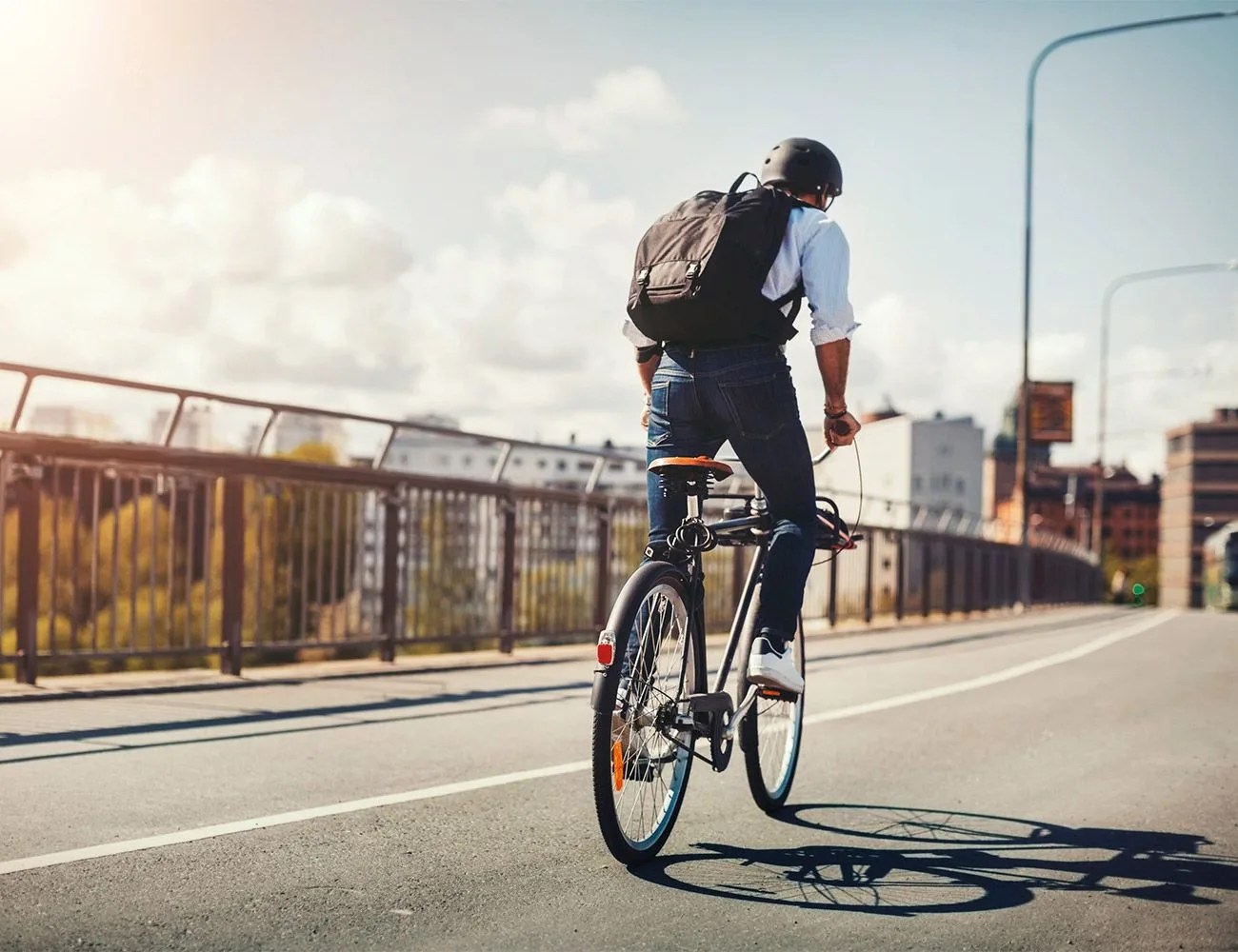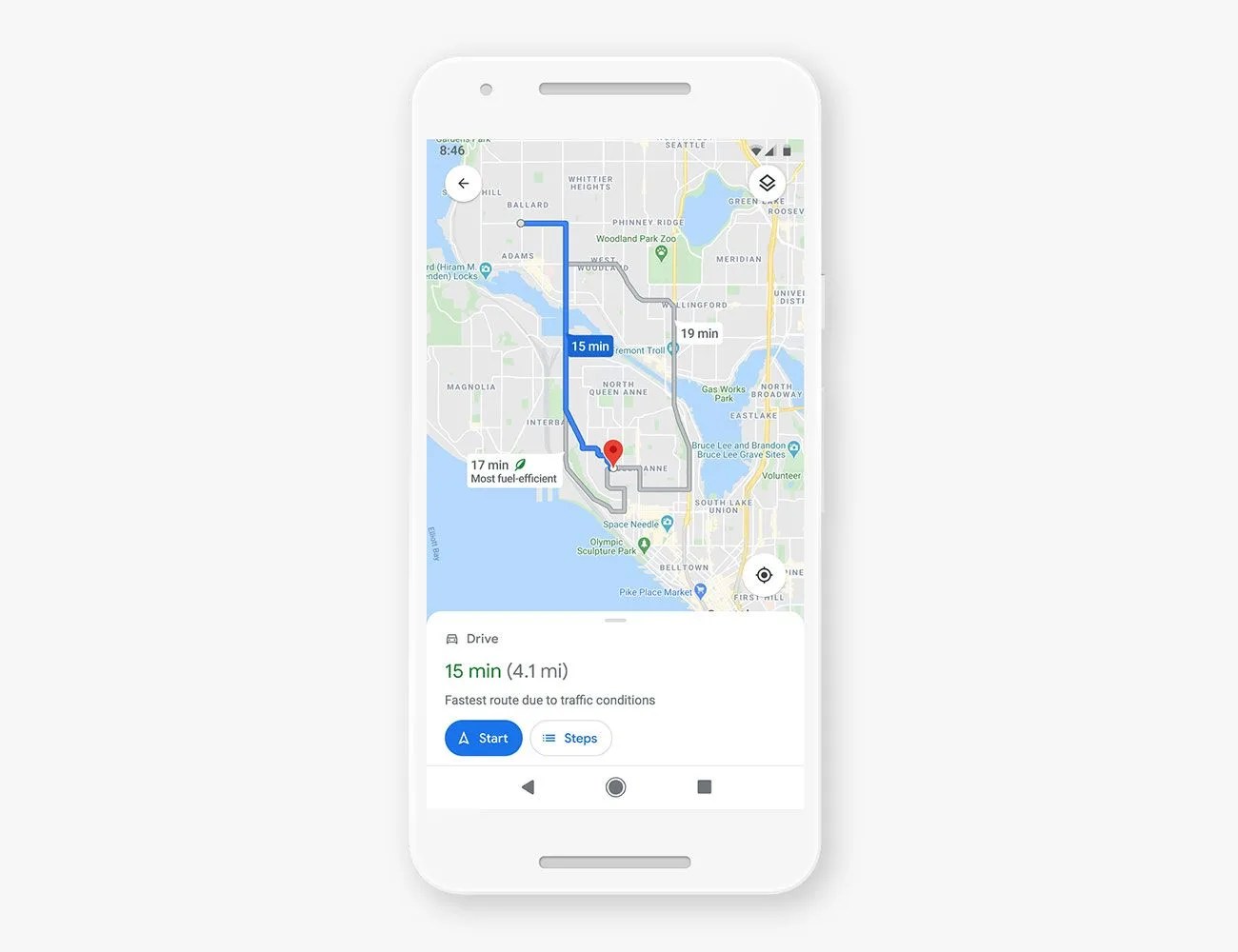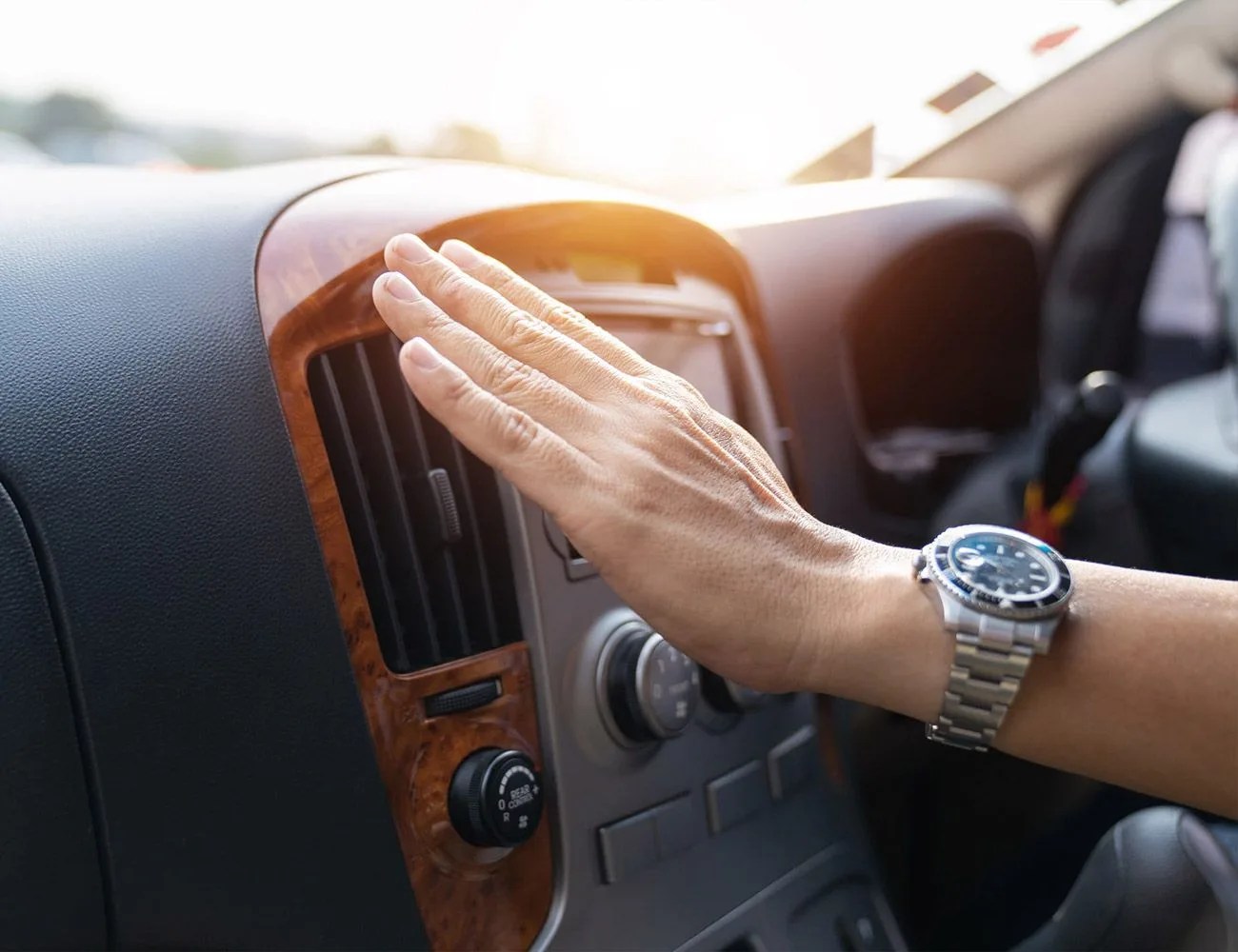The average gas price in the U.S. has fallen below $4 per gallon. After the price eclipsed $5 per gallon in June due to a myriad of global factors, that feels like a reprieve. But the price remains high historically and some experts think the decline in fuel prices may level off.
The natural reaction to a fuel crisis is to buy a more efficient car. Electric vehicle sales are skyrocketing and there are some relatively affordable EV options out there. But a new car is unlikely to be a tenable option for most Americans.
Manufacturers can’t build enough cars to meet demand with the chip shortage, spiking up both new and used car prices. And that’s especially true with plug-in hybrids and electric vehicles. All-in on getting an F-150 Lightning? You’ll either be paying an outrageous dealer markup or checking back in with Ford in 2024.
The silver lining here is that there are a few relatively painless ways to use less gasoline. They won’t lessen the sting at the pumpwhen you have to fill your car. But they can significantly improve fuel economy, lengthen the time between trips and, overall, make you a better, safer driver.
Drive less, if you can
The easiest way to save on gas is not to use a car. We know, we know: easier said than done …
Not using a car works well in Brooklyn, where you have accessible amenities and ample public transportation. It won’t work in many other areas, where infrastructure and zoning were designed with the personal automobile in mind.






